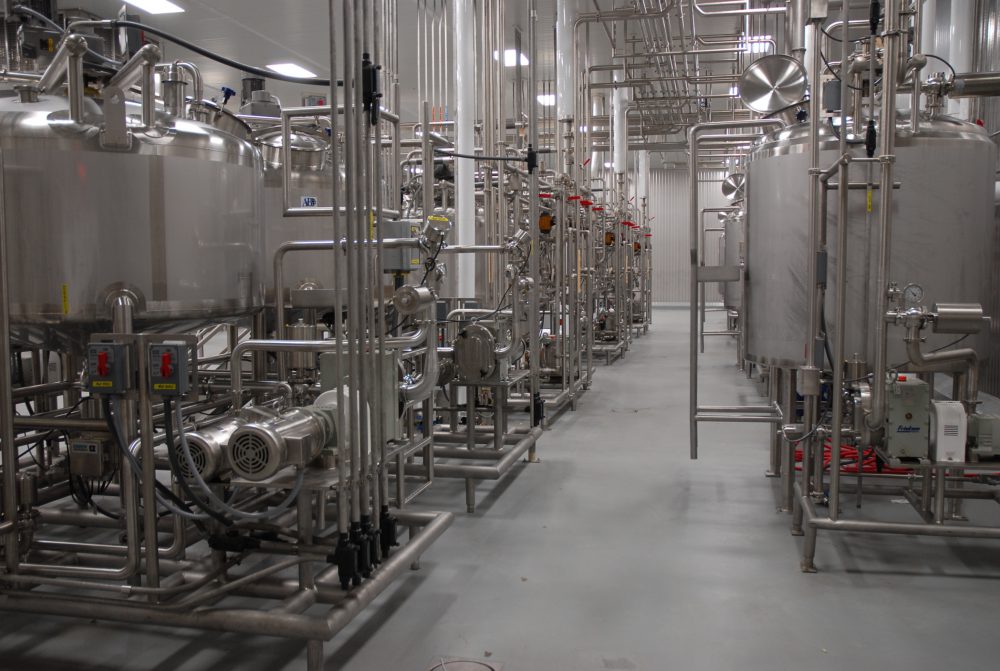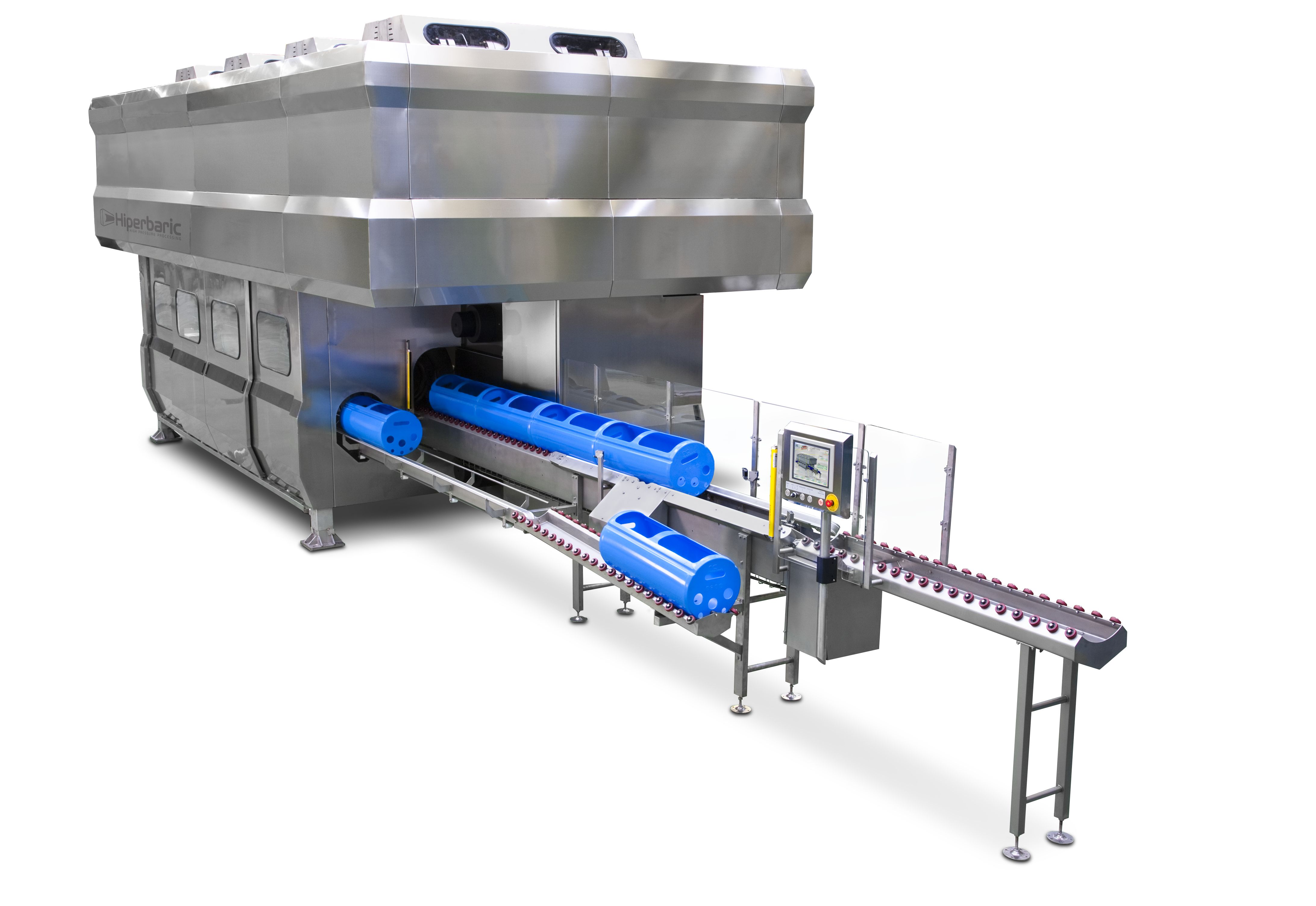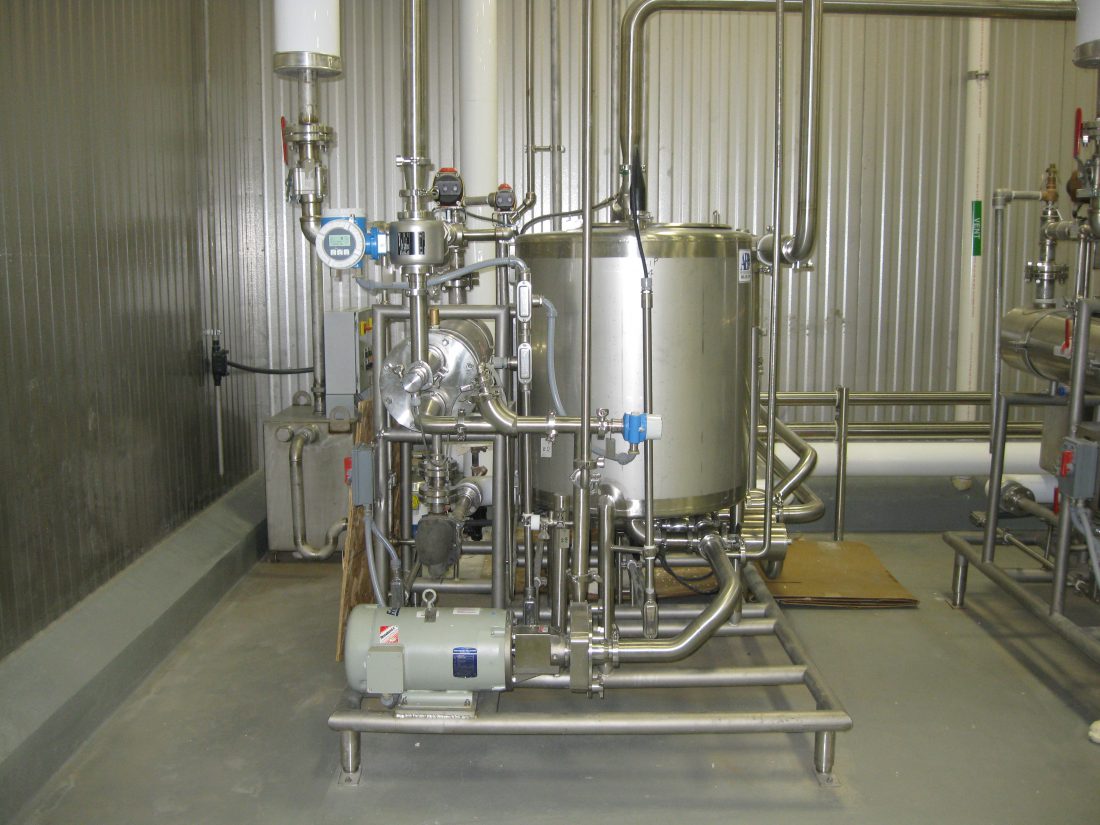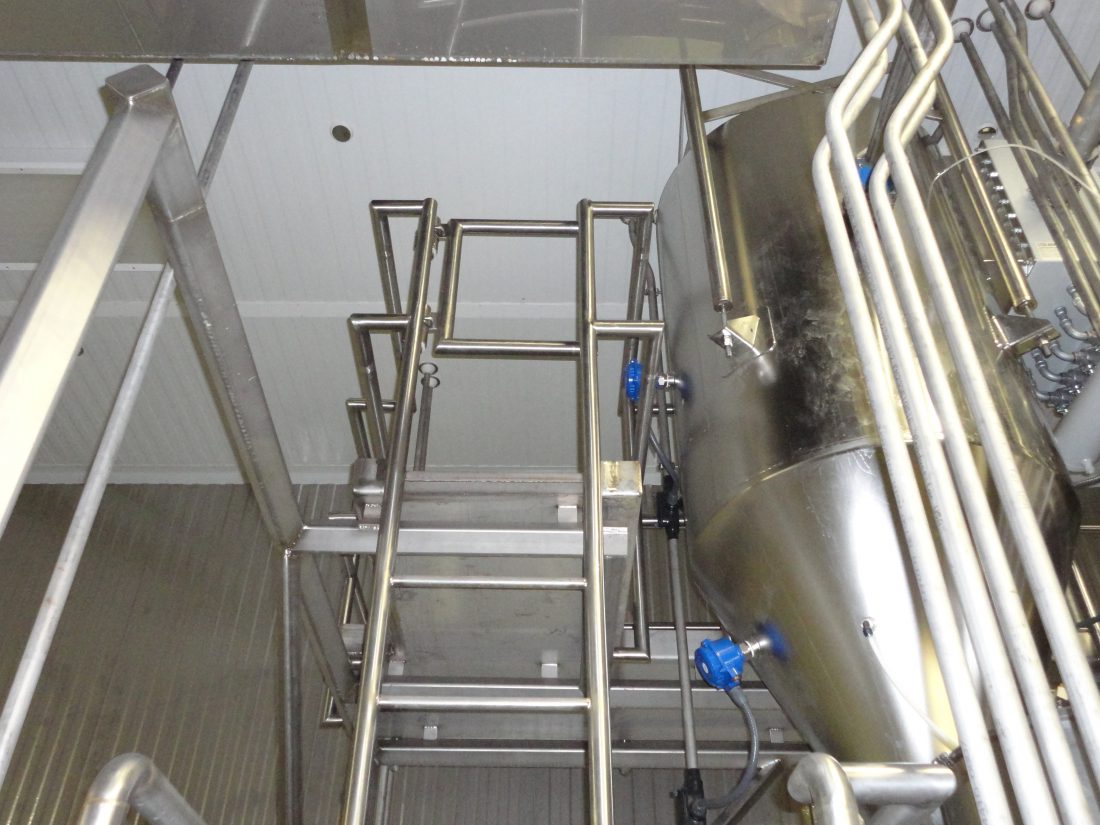Sanitary Process Installation: What to Ask When Selecting a Subcontractor
Equipment manufacturers play a key role in the food safety program of a food processing plant, ensuring that equipment is designed and built to meet stringent sanitary requirements. Plant owners often spend significant time and money to acquire the right equipment with the proper sanitary construction. Yet once that equipment is designed and delivered, the next critical step is ensuring that it’s installed properly, within those same sanitary standards. If you do not carefully screen installation subcontractors, you could put your plant at risk of a food safety issue.
Continue Reading “Sanitary Process Installation: What to Ask When Selecting a Subcontractor”






